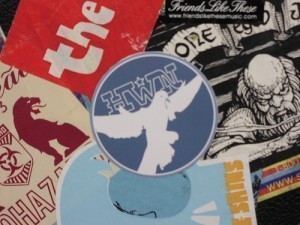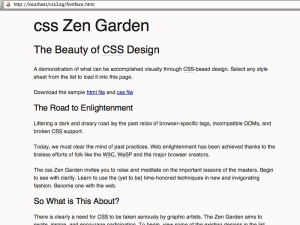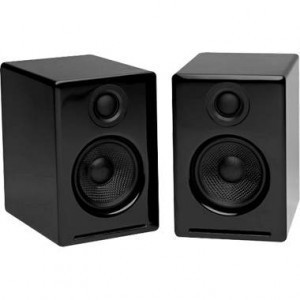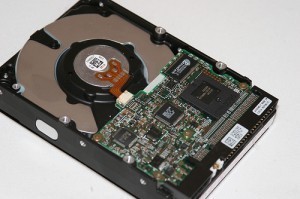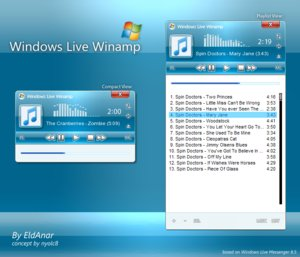Banner Sizes in Advertising
Web banner sizes in advertising vary. Here are some of the more common sizes used on the Internet. It is unlikely you will find all of them on a single site. Usually only a couple are present on a web page.
Common Banner Dimensions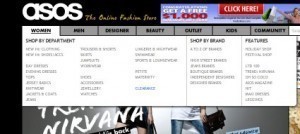
These banners can be square or rectangular, horizontal or vertical. The dimensions are chosen by the Interactive Advertising Bureau. These sizes are studied so they are unobtrusive and integrate with the rest of the site contents. For a long time the most popular was the horizontal banner measuring 60 pixels tall by 468 pixels wide. It is no longer used that much. They have been superseded by more compact layouts.
The most common banner sizes in advertising today are 180 by 150 pixel rectangles, skyscraper banners that are 600 pixels tall by 160 pixels wide. Also popular are leader-board banners. These have dimensions of 728 by 90 pixels. These larger banners are positioned at the top of a web page. Other dimensions used in ads include the 300 x 600 half page and 88 by 31 micro bar. Advertisers also use 120 by 60 buttons.
Features and Types
The most basic web banners consist of text and a simple background. Web ads today features colorful graphics, animation and offer interactive features. The purpose of these ads is to attract web users and get them to click. Online ads generally fall into two types: CPM (cost per thousand) and CPC (cost per click). With CPM, payment is done set upon the number of users who look at the ad. With CPC, ads are paid for based on the clicks made on the ad.
Other Specifications
The following are widely used by websites too. Most JPG images in ads are usually less than 10 kb. Headline texts are usually short, not exceeding 25 characters. Descriptions are usually less than 35 characters.
Larger graphics may be used in larger banners. However, companies try not to make their ads too graphic intensive. Complicated ads may take too long to load. This will cause people to
lose interest in viewing it.
Using the right banner sizes in advertising is crucial. The web gives companies a cheap but effective way to advertise their products. These ads are linked to tracking mechanisms so companies can monitor the performance of their campaign. They can also be used to check if their ads are able to reach the demographics they seek.
